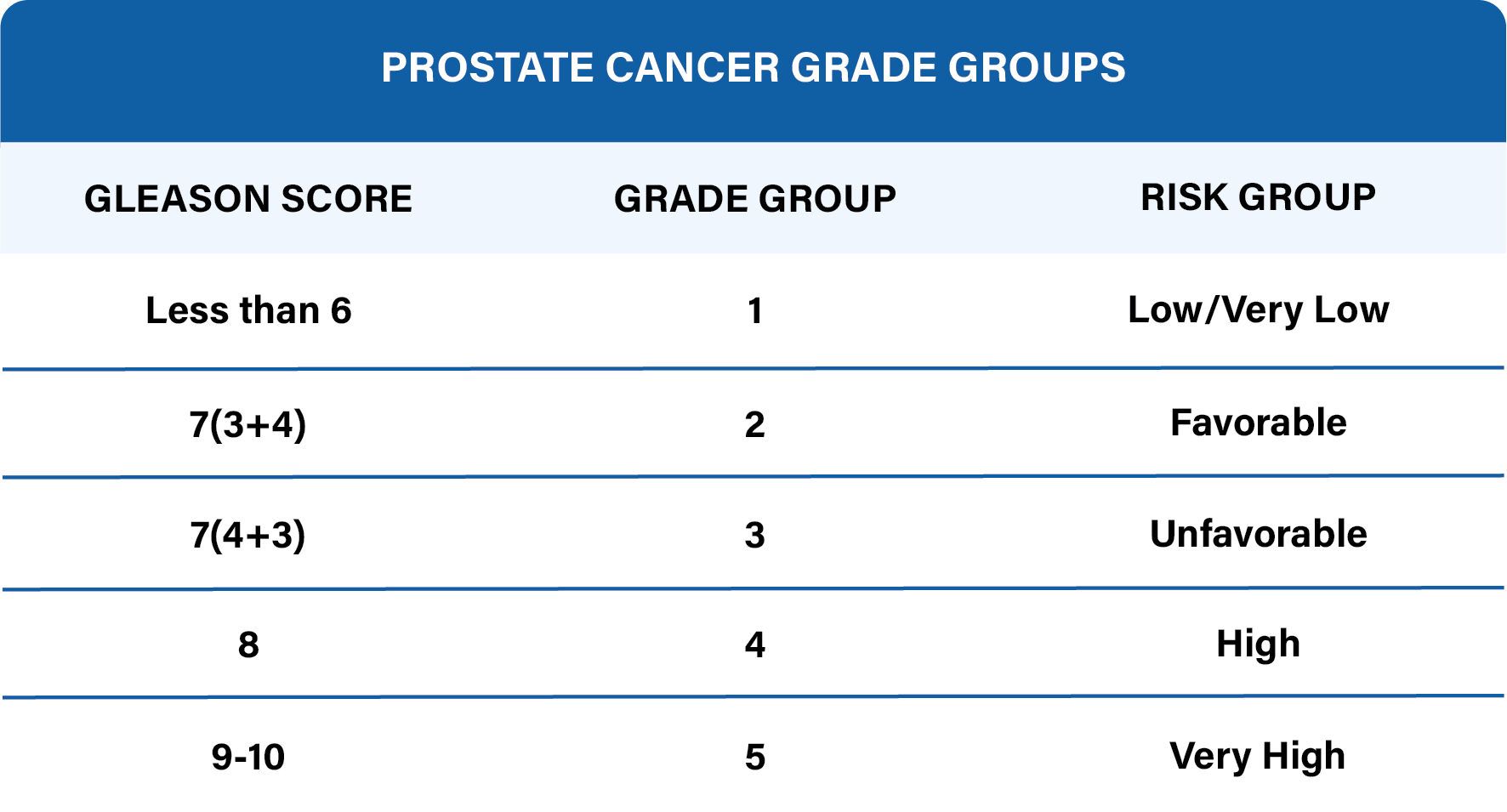Prostate Cancer
The prostate is a small walnut-shaped gland in males that uses male hormones called androgens, such as testosterone and dihydrotestosterone (DHT), to trigger and maintain male sex characteristics and reproduction. Prostate cancer begins when cells in the prostate gland start to grow out of control.
Other than skin cancer, prostate cancer is the most common cancer in American men. According to the American Cancer Society (ACS), about one man in nine will be diagnosed with prostate cancer during his lifetime.
In many cases, prostate cancer is a slow-growing cancer that does not spread beyond the prostate gland before the time of diagnosis. However, some cases are more aggressive and need more urgent treatment. Prostate cancer that is detected early, when it is still confined to the prostate gland, has the best chance for successful treatment.
Researchers have found several factors that might affect a man’s risk of getting prostate cancer, including:
- Age: your chance of developing prostate cancer rapidly increases after the age of 50, and roughly six in ten cases are found in men over the age of 65.
- Race/ethnicity: prostate cancer occurs more often in African-American men than in men of other races
- Family history: in some cases there may be an inherited or genetic factor that can help indicate prostate cancer. If you have a family member who has been diagnosed with prostate cancer, there is more than double the risk of developing this disease.


